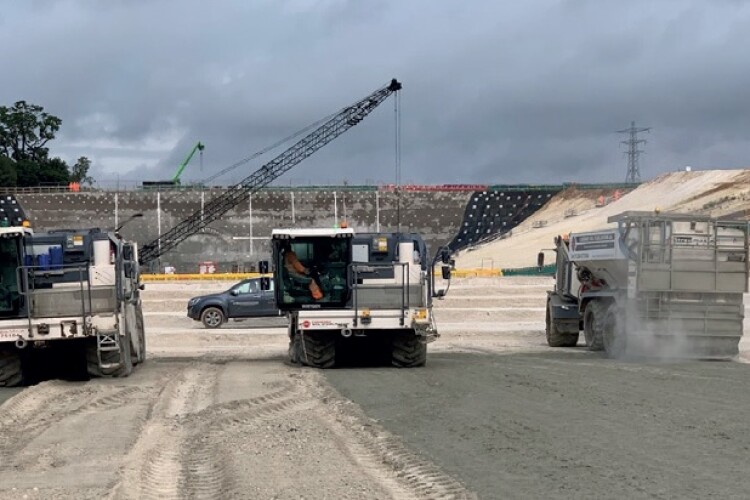According to Britpave, the use of soil-stabilised lime modified fills to improve ground support beneath commercial developments is widespread. However, house-builders have yet to embrace it widely.
However, the soil stabilisation used to improve the soil for the Gifford Lea retirement village in Tattenhall, Cheshire showed that by adopting different ground techniques, supported by performance specification and validation requirements, could provide a cost-effective solution for residential developments.
Soil stabilisation involves using cementitious binding materials such as cement, lime, fly ash or ground granulated blast furnace slag (GBBS) to strengthen poor soils and to treat potential contaminants on site to provide a soil that is non-toxic, can contain potential leaching and delivers a strong engineered material that can be built upon. The process is carried out on site and so provides a sustainable and cost-effective alternative to ‘dig-and-dump’.
The report, Environmental benefits of soil stabilisation, explains how the technique can be used to rehabilitate brownfield land to reduce the pressure to build on greenfield sites – and by reusing site-based materials instead of virgin aggregates, it reduces lorry movements and landfill.
Soil stabilisation is more than simply rotovating binders into soil, the report says. It requires ground investigation, soil sampling and laboratory trials to determine the right binder mix, good site quality control and good on-site working practices.
Got a story? Email news@theconstructionindex.co.uk



